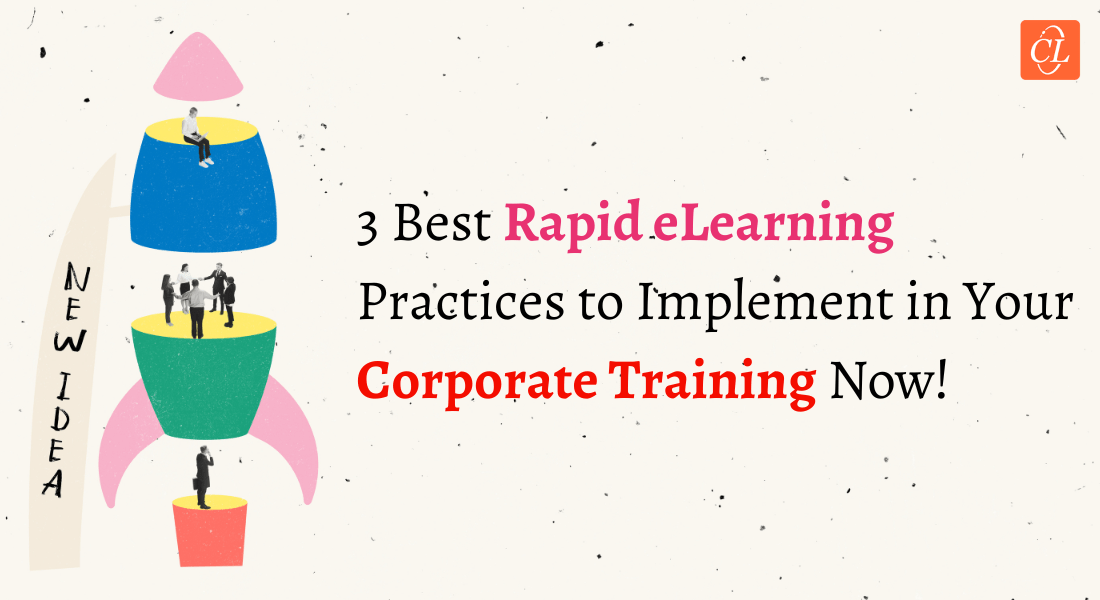Empathy and eLearning? 4 Ways to Nail It [Infographic]
Do you want your eLearning program to be engaging and effective? Design your eLearning courses with empathy to provide sticky learning experiences.

Learning, from the beginning till the end is supposed to focus on the learners – what they know and how can they transfer what they know to their jobs. Most eLearning programs are designed based on the target audience, their job profiles, experience & age, and the nature of training. But if you’d like to engage your audience in the learning process, build an emotional connect. Find out what learners think about their job and the challenges they face. This brings us to empathy.
Empathy is our unique and humane ability to experience someone else’ feelings. Empathy proves to be quite effective at engaging learners in eLearning courses. And to design such learner-centric courses, you will need to empathize with the learner; walk in their shoes, so to speak.
Download this guide on the basics of ID to design learner-centric courses.
The only way adult learners will be able to do better at their jobs is when they get an eLearning experience that is self-directed, reflective, and collaborative. While andragogy is usually associated with a strict, clinical, and formal approach toward learning, there are still avenues for building a personal connect with learners. But how exactly can empathy fit within eLearning design?
It is rather simple really. You need to add a personal touch to the eLearning courses. You have to imagine the difficulty learners might face during the learning journey and build a user-friendly design to mitigate obstacles. Personalizing can include something as simple as asking them their names. Courses can be made learner-friendly with simple and open navigation. Make learners the heroes of their learning journey and you’ll see how effective eLearning turns out to be.
Here is an infographic detailing how empathy can reshape your eLearning course design.



![Empathy and eLearning? 4 Ways to Nail It [Infographic] Empathy and eLearning? 4 Ways to Nail It [Infographic]](https://blog.commlabindia.com/hs-fs/hubfs/Imported_Blog_Media/elearning-design-empathy-infographic.jpg?width=900&height=2196&name=elearning-design-empathy-infographic.jpg)



